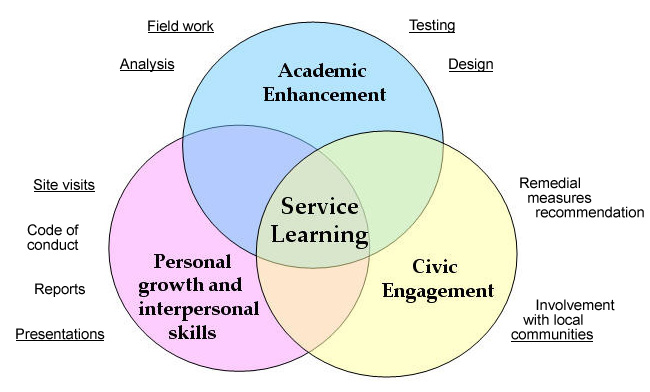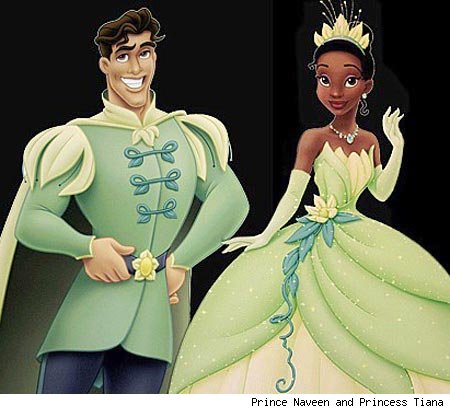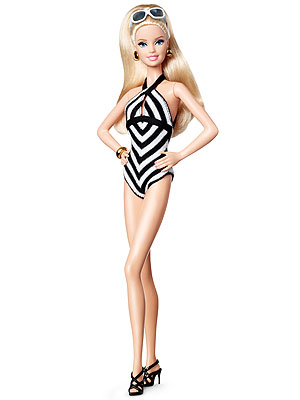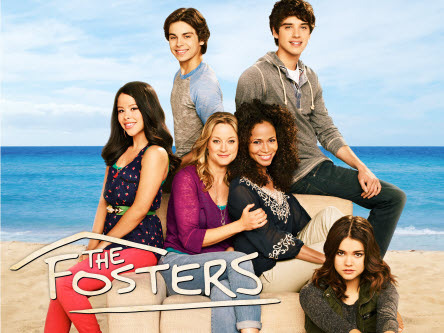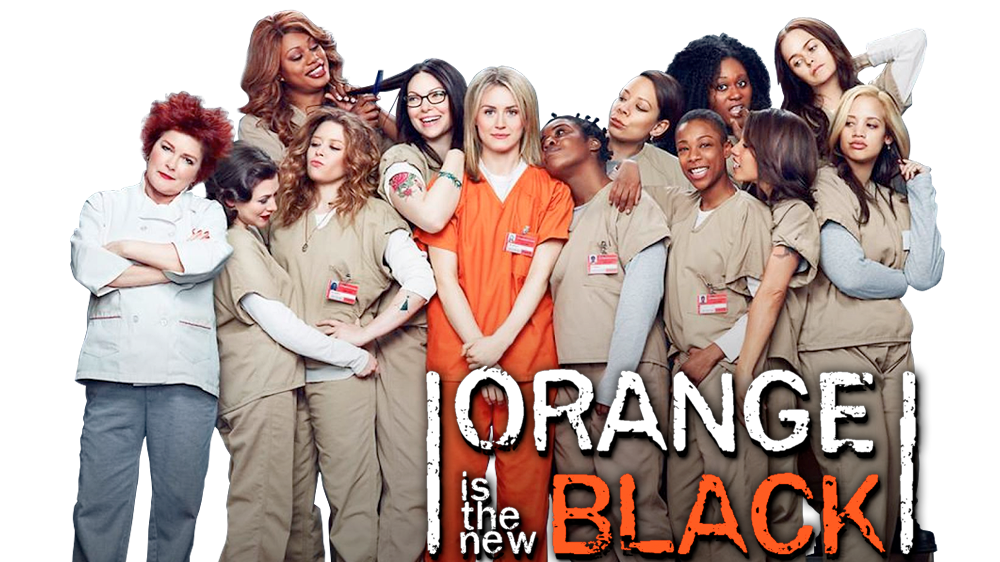In Lisa Delpit's "The
Silenced Dialogue: Power and Pedagogy in Educating Other People's
Children", she talks about how teachers should educate their students so
that every child, whether they are white or of color, can understand. She also
clearly comes up with the rules and codes of power that dictate how and what
children learn while they are in the classroom or even out of the classroom.
While I believe that the five rules and codes of power that Delpit has
contracted are very important I only used three of the five as my main quotes.
Delpit's five rules of power are:
1. Issues of power are in acted in classrooms.
2. There are codes or rules for participating in power, that is, there
is a "culture of power."
3. The rules of the culture of peer are a reflection of the rules of the
culture of those who have power.
4. If you are not already a participant in the culture of power, being
told explicitly the rules of that culture makes acquiring power easier.
5. Those with power are frequently least aware of – or least willing to
acknowledge – its existence. Those with less power and often most aware of its
existence. (Delpit 24).
The
second code of power is the one that I can relate to the most of my time spent
at Kennedy Elementary School. She explains, “The codes or rules I’m speaking of
relate to linguistic forms, communication strategies, and presentation of self;
that is, ways of talking, ways of writing, ways of dressing, and ways of
interacting” (25). Some of the students went into school not knowing how to
write a single letter so they are constantly being taught how to write so that
they can be apart of the culture of power.
My
third quote is from her fourth code of power, which I find most relatable. “I
have found it unquestionably easier, psychologically and pragmatically, when
some kind soul has directly informed me about such matters as appropriate
dress, interactional styles, embedded meanings, and taboo words of
actions” (26). In class we did an activity where each group had a different set
of rules to play the same game. The winner of the group moved up and the loser
moved down and there was no talking allowed. When people changed groups the
game became hard to play because everyone did not know the same rules. If we
were able to explicitly say this is how you play we all would have been in the
culture of power, but we couldn’t so some we left out and felt stupid. Another
quote that helps convey the message of this activity is, “in some instances
adherents of process approaches to writing create situations in which students
ultimately find themselves held accountable for knowing a set out rules about
which no one has ever directly informed them” (31). Without being explicitly
told the rules and codes of power the students are left in the dark and forced
to figure it out themselves which leads to them falling behind.
 The
last quote I chose has changed my view about how I think of students and how
they learn. Delpit states, “However, to bring this student into the program and
pass her through without attending to obvious deficits in the codes needed for
her to function effectively as a teacher is equally criminal – for though we
may assuage our own consciences for not participating in victim blaming, she
will surely be accused and convicted as soon as she leaves the university”
(38). Before I would say that it was the students fault for not understanding
something but if that student was never explicitly taught the correct way to do
something they will remain to continue the same mistakes. In the long run they
would be blamed for not knowing how to correctly do something when they could
have been taught from the start.
The
last quote I chose has changed my view about how I think of students and how
they learn. Delpit states, “However, to bring this student into the program and
pass her through without attending to obvious deficits in the codes needed for
her to function effectively as a teacher is equally criminal – for though we
may assuage our own consciences for not participating in victim blaming, she
will surely be accused and convicted as soon as she leaves the university”
(38). Before I would say that it was the students fault for not understanding
something but if that student was never explicitly taught the correct way to do
something they will remain to continue the same mistakes. In the long run they
would be blamed for not knowing how to correctly do something when they could
have been taught from the start.
Lisa Delpits main ideas are mainly about telling people the rules and codes of power so that they can be a part of it. Here is an interview with Delpit about teaching other people's children.



